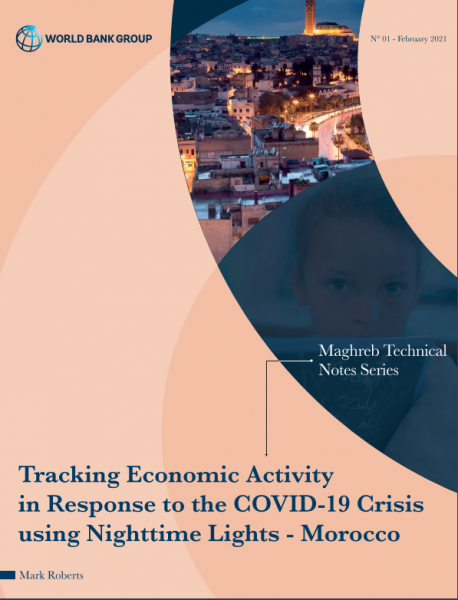Article by Tina Amirtha: “Can we measure what is in our hearts and minds, and could it help us end wars any sooner? These are the questions that consume entrepreneur Shawn Guttman, a Canadian émigré who recently gave up his yearslong teaching position in Israel to accelerate a path to peace—using an algorithm.
Living some 75 miles north of Tel Aviv, Guttman is no stranger to the uncertainties of conflict. Over the past few months, miscalculated drone strikes and imprecise missile targets—some intended for larger cities—have occasionally landed dangerously close to his town, sending him to bomb shelters more than once.
“When something big happens, we can point to it and say, ‘Right, that happened because five years ago we did A, B, and C, and look at its effect,’” he says over Google Meet from his office, following a recent trip to the shelter. Behind him, souvenirs from the 1979 Egypt-Israel and 1994 Israel-Jordan peace treaties are visible. “I’m tired of that perspective.”
The startup he cofounded, Didi, is taking a different approach. Its aim is to analyze data across news outlets, political discourse, and social media to identify opportune moments to broker peace. Inspired by political scientist I. William Zartman’s “ripeness” theory, the algorithm—called the Ripeness Index—is designed to tell negotiators, organizers, diplomats, and nongovernmental organizations (NGOs) exactly when conditions are “ripe” to initiate peace negotiations, build coalitions, or launch grassroots campaigns.
During ongoing U.S.-led negotiations over the war in Gaza, both Israel and Hamas have entrenched themselves in opposing bargaining positions. Meanwhile, Israel’s traditional allies, including the U.S., have expressed growing frustration over the war and the dire humanitarian conditions in the enclave, where the threat of famine looms.
In Israel, Didi’s data is already informing grassroots organizations as they strategize which media outlets to target and how to time public actions, such as protests, in coordination with coalition partners. Guttman and his collaborators hope that eventually negotiators will use the model’s insights to help broker lasting peace.
Guttman’s project is part of a rising wave of so-called PeaceTech—a movement using technology to make negotiations more inclusive and data-driven. This includes AI from Hala Systems, which uses satellite imagery and data fusion to monitor ceasefires in Yemen and Ukraine. Another AI startup, Remesh, has been active across the Middle East, helping organizations of all sizes canvas key stakeholders. Its algorithm clusters similar opinions, giving policymakers and mediators a clearer view of public sentiment and division.
A range of NGOs and academic researchers have also developed digital tools for peacebuilding. The nonprofit Computational Democracy Project created Pol.is, an open-source platform that enables citizens to crowdsource outcomes to public debates. Meanwhile, the Futures Lab at the Center for Strategic and International Studies built a peace agreement simulator, complete with a chart to track how well each stakeholder’s needs are met.
Guttman knows it’s an uphill battle. In addition to the ethical and privacy concerns of using AI to interpret public sentiment, PeaceTech also faces financial hurdles. These companies must find ways to sustain themselves amid shrinking public funding and a transatlantic surge in defense spending, which has pulled resources away from peacebuilding initiatives.
Still, Guttman and his investors remain undeterred. One way to view the opportunity for PeaceTech is by looking at the economic toll of war. In its Global Peace Index 2024, the Institute for Economics and Peace’s Vision of Humanity platform estimated that economic disruption due to violence and the fear of violence cost the world $19.1 trillion in 2023, or about 13 percent of global GDP. Guttman sees plenty of commercial potential in times of peace as well.
“Can we make billions of dollars,” Guttman asks, “and save the world—and create peace?” ..(More)”….See also Kluz Prize for PeaceTech (Applications Open)

